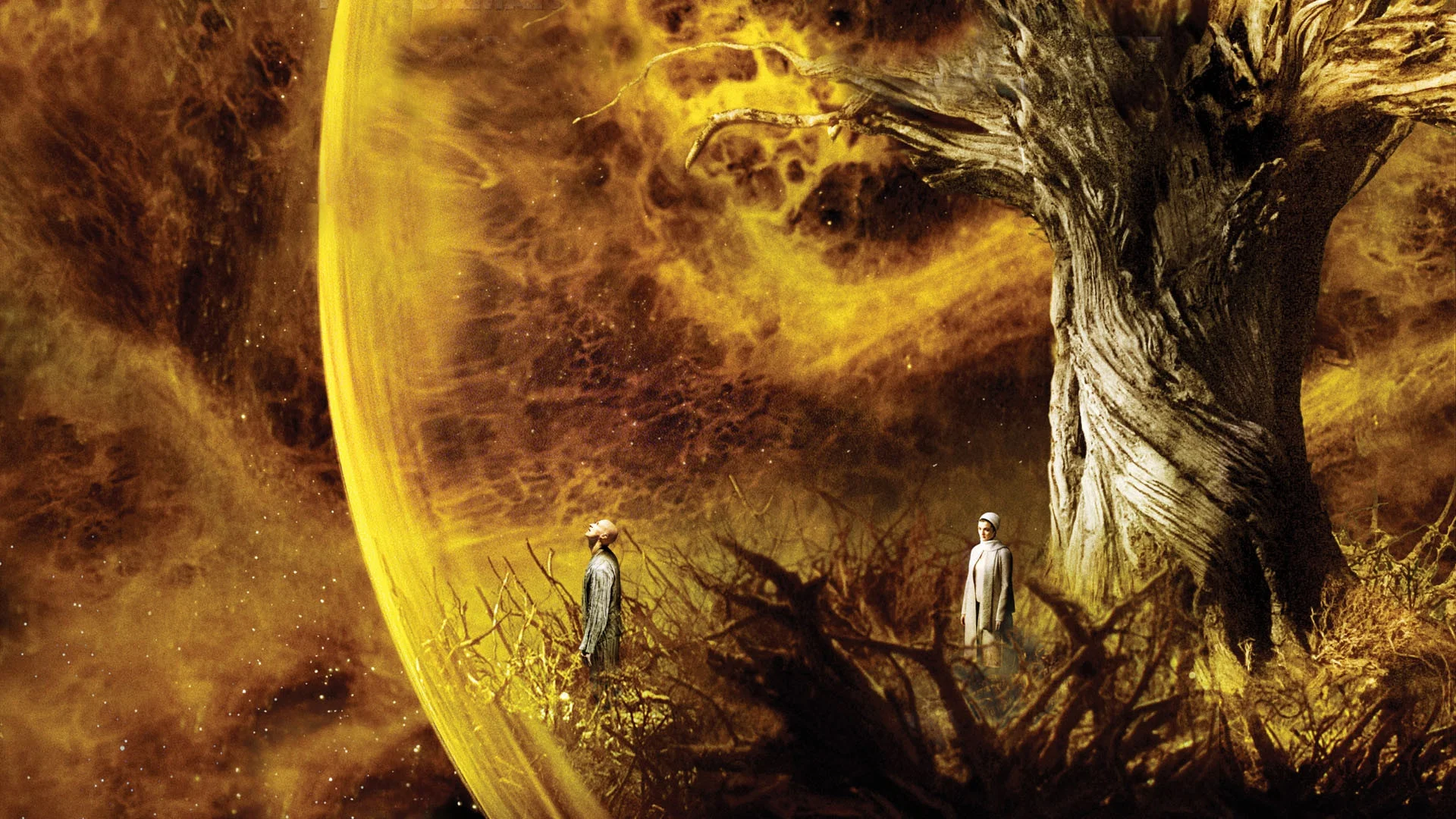Death is a Disease, The Fountain is the Cure: The Fountain at 10 Years
It’s somewhat ironic to do a retrospective on a film as fixated on the inevitable passage of time, and people’s response to it, as Darren Aronofsky’s The Fountain. While the characters that Hugh Jackman and Rachel Weisz play are acting largely in response to and the denial of death, the overall themes of the film treat death itself as simply another part of life. Death is the one event that all people will experience, with varying levels of forewarning for each of us.
The Fountain presents its themes through its three overarching plotlines, stretching over a thousand years. Jackman portrays Tomás the conquistador, in 1500 A.D. Spain, enlisted by Queen Isabella, played by Weisz, to find the Tree of Life, the biblical fountain of youth. In the present, Tom (Jackman) is a neuroscientist searching to find a cure for his wife Izzi's (Weisz) brain tumor. And in the distant future, Tommy (Jackman) is hurdling through space towards a nebula, while being visited by visions of Izzi.
The main reason so many are worried about death is because for each person their own death is the end of their concept of time. We can dream of the future (Tommy’s biosphere rocketing through space), remember the past (Tomás adventuring through the jungle), but we’re always brought right back to the present by simply looking around us (Tom, in the lab).
Reactions—cause and effect—are how we measure time, after all. Baking soda and vinegar react and a volcano forms in papier-mâché. We get tired, we sleep, and morning comes. Queen Isabella knows the hand of the Spanish Inquisition is waiting to strike her down. A Mayan priest stabs a conquistador and he dies at the foot of the Tree of Life. Izzi knows, with eerie clarity and calm, that the tumor in her brain is going to eventually take her life. An appearance of Izzi to Tommy presents to him the peace he seeks but isn’t immediately prepared to accept.
The passage of time is so ingrained in The Fountain that even its special effects involve macro photography of chemical reactions—the passage of time itself, captured on camera. There is serenity in the acceptance of the inevitable, in laying down one’s burden of mortality. Aronofsky’s film recognizes this serenity as a process, albeit a potentially painful one.
My own experience in seeing The Fountain for the first time was in a near-empty theater, just before it left wide release during its disappointing U.S. run, making $15 million globally on a reported $35 million budget. That isolation—the dark theater with scarcely anyone sharing it with me—allowed the film to really affect me emotionally and psychologically.
Ten years on, The Fountain has been compared favorably to 2001: A Space Odyssey for its similar meditation on human existence, transcendence and acceptance of death. It has garnered a growing cult following among the spiritual, the philosophical, sci-fi fans and cinephiles alike. That it also remains a divisive film, currently sitting at 51% on both Rotten Tomatoes and Metacritic, only speaks to the singular perspective of Aronofsky himself, who spent years getting the film into production. Its distinct special effects were actually produced as a cost-cutting effort. The film's production had been delayed several times and was considered over-budget before filming began.
Its divided reception, according to Aronofsky, was due largely to Western audiences’ reluctance to confront and accept the passing of loved ones and ultimately ourselves. He used Eastern themes and imagery to relay his message, which surely turned off many American movie-goers; the color white most obviously standing in for the purity of death.
I’ve turned The Fountain over in my mind so many times since seeing it—questioning whether the three characters played by Jackman are reincarnations of the same person, slowly arriving to the final conclusion Tommy comes to; or if Tomás is just a character in a book Izzi leaves for Tom, whose work allows him to extend his life well beyond the constraints of humanity and Earth—that I didn’t even need to rewatch Aronofsky’s film to write this piece.
The ambiguity of that structure also works thematically, in that while everyone may take different paths to understanding, those paths all eventually lead to the same place. That’s The Fountain itself, really: the passage of time that brings us to an understanding we may accept with peace, or reject with further obstacles until we do.





